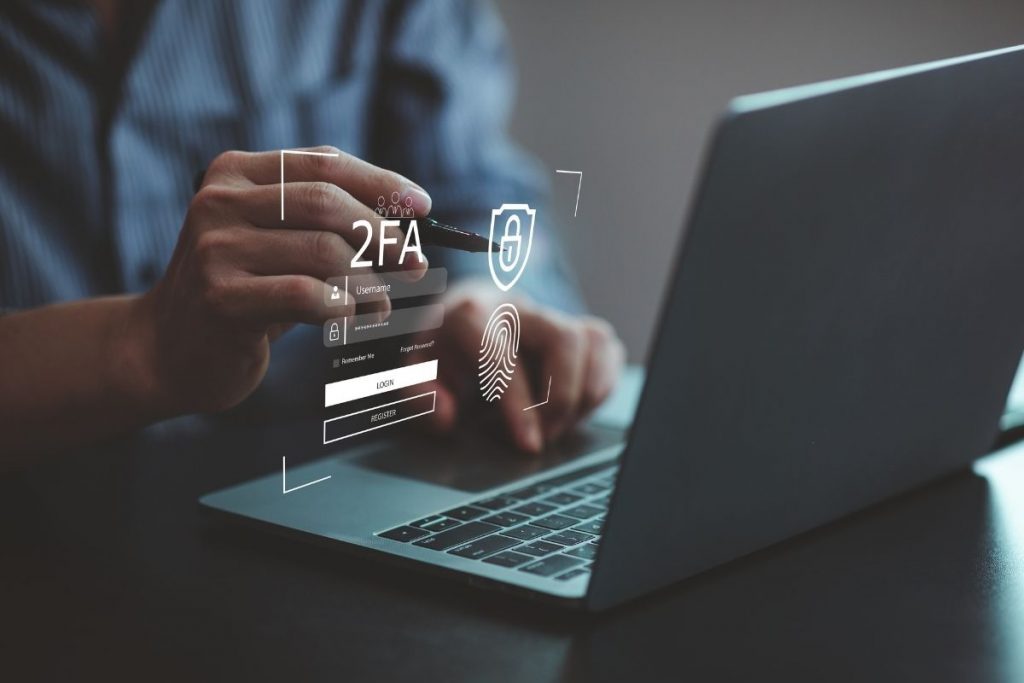The Internet of Things (IoT) is the umbrella term for anything that connects to the Internet, from your smartwatch to a complicated computing system. It’s dubbed the next innovation wave, and it has been affecting everyone’s daily life. Businesses have applied IoT to their operations to improve efficiency and expand opportunities in the digital landscape. However, the system’s cybersecurity risks are growing concerns for everyone.
IoT products, just like any other software products in the market, have to undergo strict software testing and quality assurance procedures to avoid malfunction and defects. In this blog, we’ll dive into the three popular problems of the IoT field itself and our take on how to get these straightened out.
IoT impacts our daily lives
According to the Forecast end-user spending on IoT solutions worldwide from 2017 to 2025 report by Statista, the IoT market is growing out of scale to reach $800 billion in 2023 and $1,567 billion in 2025.
The IoT has become dominant across industries, where even the slightest software error might result in dire consequences. For instance, in the healthcare industry, the Internet of Medical Things (IoMT) provides real-time data that enables medical professionals to carry out diagnostics and treatment planning. However, glitches in the IoMT can result in life-threatening delays in medical care. Government organizations also rely on IoT to address various challenges, such as traffic management, while IoT sensors in urban infrastructure help create smart cities. The functioning of IoT products, therefore, impacts the safety and lives of millions.
IoT solutions cybersecurity
Problem overview
There are over 15 billion IoT-connected devices worldwide, and this data is expected to double in 2030, statistics derived from a forecast by Statista. The increasing number of interconnected software and automated data exchange in IoT solutions significantly reduce system security, especially when human intervention in these digital products is kept at the bare minimum.
Furthermore, with the massive amounts of user data that today’s IoT devices collect, including sensitive information such as passwords, credit cards, contact details, biographical and medical information, etc., data protection has been taken seriously not only for the product but also for individuals’ private data and the networks used to transmit that information. Reliable and high-quality security measures are at the forefront to safeguard both the IoT product and the personal data it handles.
To fully understand how dangerous IoT devices are falling into the wrong hands, let’s look into the case of St. Jude Medical’s implantable pacemakers back in 2017: over 465,000 IoT appliances were found to have vulnerabilities, according to The Guardian. Although the company had addressed it quickly, the consequences could be catastrophic once attackers were to gain full access to IoMT solutions. They could manipulate the software to control critical functions such as battery life and heart rate, putting the lives of countless people at risk. It was a sobering reminder of the importance of safeguarding IoT devices from potential security breaches.
Addressing the problem
Following cybersecurity trends and conducting different types of testing are the most effective solutions. Staying up to date helps you stay on top and be aware of every slight change in the technology industry, making your safety tight at all levels, including your public network, intranet, cloud, applications, etc.
Performing frequent penetration testing by simulating actual cyber-attacks to unfold hidden vulnerabilities in the existing IoT network, detect security gaps and patch them on the spot. To identify system flaws, you can begin with a vulnerability assessment, verifying authentication, authorization, session, injections, and business logic, and strengthening a secure and high-quality IoT web device. For connected mobile apps, evaluating configurations, traffic interception, reviewing source code, and scrutinizing encryption algorithms help detect keys, logins, or passwords in the code.
IoT devices performance
Problem overview
Consider this example to comprehend the significance of seamless functioning for IoT solutions. IoT in the retail industry helps regulate the quantity of goods stocked on store shelves and warehouses. When stock levels run low, smart racks or fridges, transmit a signal to replenish inventory. Pretty much behind the scenes of a typical Amazon Go store that you have seen on screen.
Visualize a smart retail store where unique RFID (Radio Frequency Identification) tags are affixed to items to convey data to the cloud for monitoring inventory and purchases. What if these IoT devices in retail operate poorly, the domino effect would impact heavily and fail the entire chain of stores.
Addressing the problem
Here are the four tips that should be kept in check to achieve the goal of releasing high-performance IoT products:
- Integrating performance testing into the SDLC stages: continuous performance testing to prevent none of the code alterations from adversely affecting the functioning of the application.
- Conducting load tests: to evaluate application performance in particular circumstances and identify the upper limit of the software and infrastructure’s capacity.
- Performing stress checks: When the load on web and mobile products doesn’t experience frequent spikes (usually only during peak sales), it becomes challenging to forecast when hundreds or thousands of people may connect to an IoT device. Stress testing is a way to assess how an IoT solution behaves when the load is much heavier than average.
- Verifying IoT’s scalability: The ability of IoT devices to scale depends on the quantity of connected software – some can support over a million solutions. In contrast, others can handle up to a hundred million. The main objective is to ensure that the IoT product can handle the necessary degree of scalability and determine its response to alterations in the number of concurrent users.
IoT compatibility
Problem overview
IoT compatibility refers to the ability of different IoT devices and systems to work seamlessly together. In theory, in a perfect environment, all IoT elements should work in harmony, but that is not the reality. The lack of coding standardization or the sheer number of IoT devices on the market makes universal compatibility difficult.
Tech businesses should join forces and strictly follow their coding standards to achieve the highest compatibility in their products, which ultimately lowers the cost of further development and improvements in the future. It might be time-consuming and additional cost along the way; however, much cheaper compared to getting them at the very end, where the code would be much harder to alternate and modify.
Addressing the problem
Then, how do IoT solution elements, such as platforms, networks, apps, etc., work together seamlessly, and the devices are compatible with various smartphone versions, operating systems, browsers, screen sizes, resolutions, networks, and connectivity protocols? Compatibility testing is your way to go.
By doing the four main steps:
- Analyze your business requirements.
- Define your target audience.
- Select a testing strategy, design tests based on the above-defined steps, and execute them to identify system drawbacks.
- Provide recommendations for eliminating any bugs.
Bottom line
IoT devices are meant to make our lives much easier and more productive. It’s like in one of those sci-fi movies: living in a smart home where you can get everything done at your voice commands, working in smart firms, and getting everything done automatically, remotely, in real-time. Every unrealistic thing you might have watched a million times in scientific and fictional movies or lies within your imagination.
It is happening right now, and the unrealistic might become a reality in a few years ahead. However, the complexity of building such an interconnected world requires great attention to IoT quality assurance and control to avoid the threat of cybersecurity, low performance, and incompatibility. Not having resources to do the testing on your own? In that case, look no further than SHIFT ASIA – the leading software testing company with experienced experts is always ready to provide the utmost solutions in the technology industry, supporting partners worldwide to secure and ensure their digital products keep pace with the market. Contact SHIFT ASIA today for a private walk-through and comprehensive consultancy just for you.
ContactContact
Stay in touch with Us




